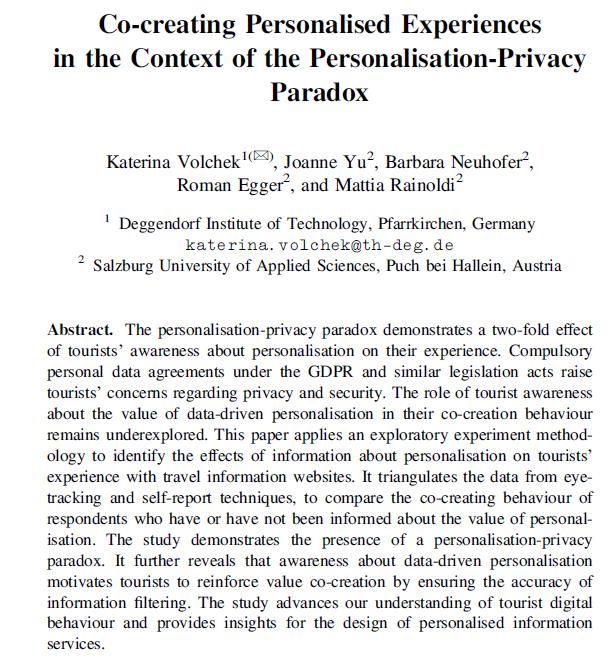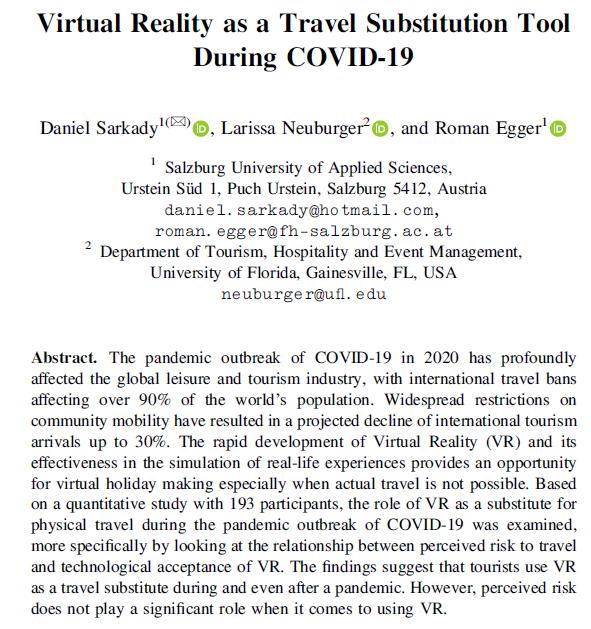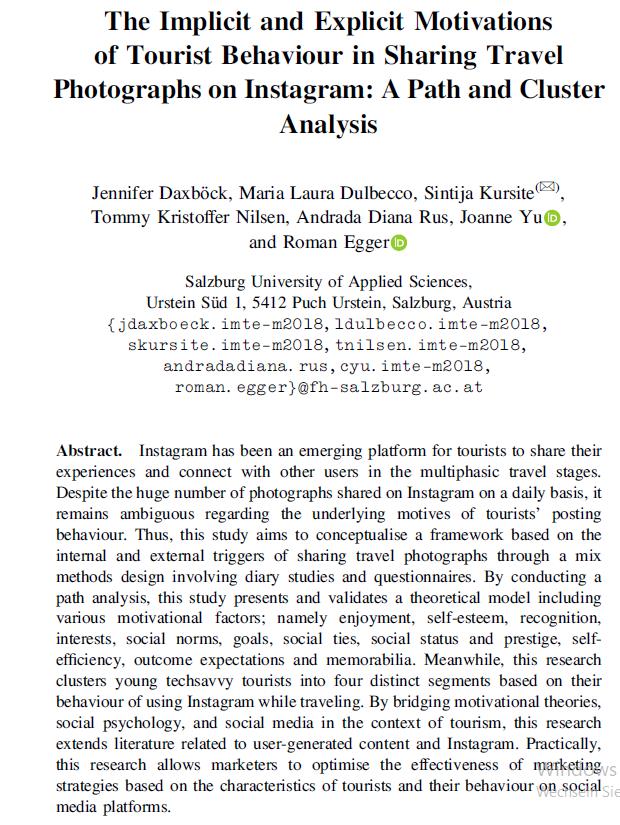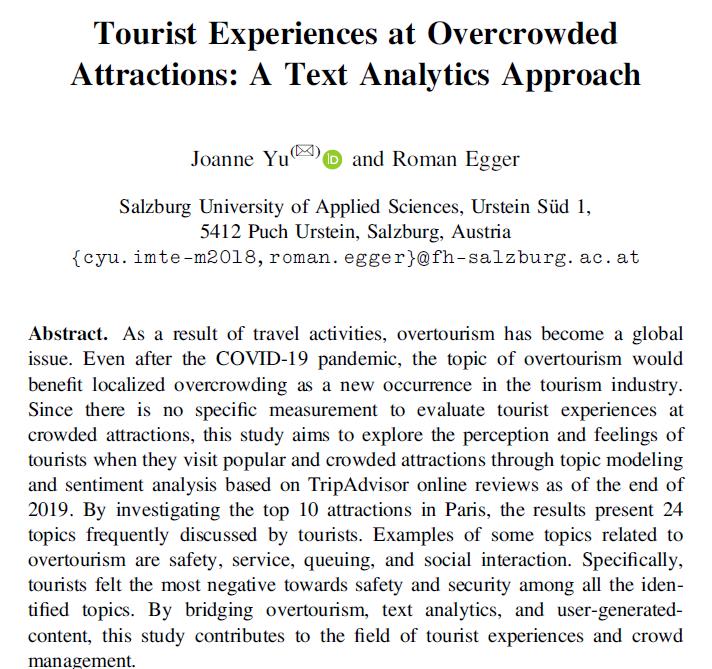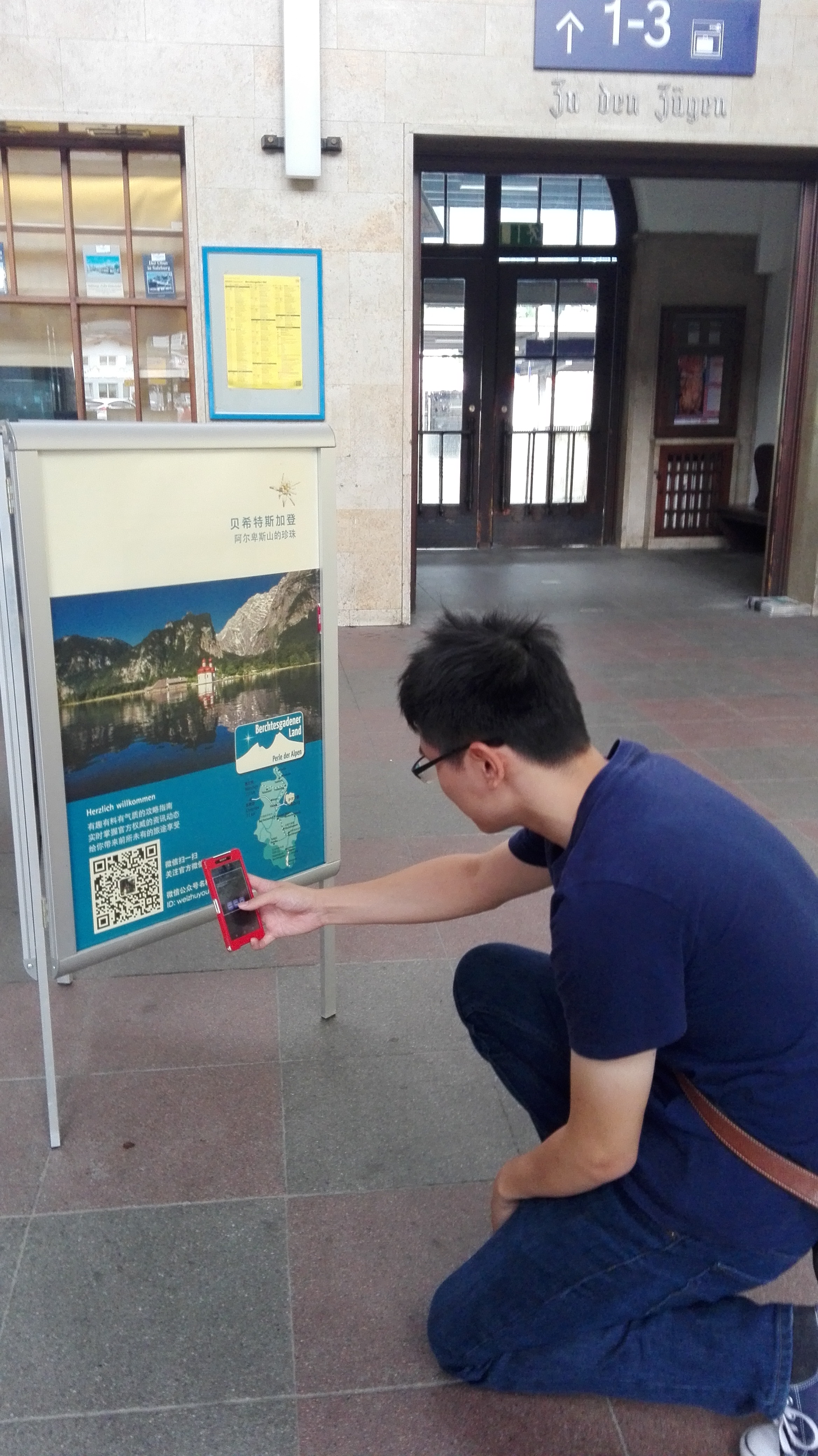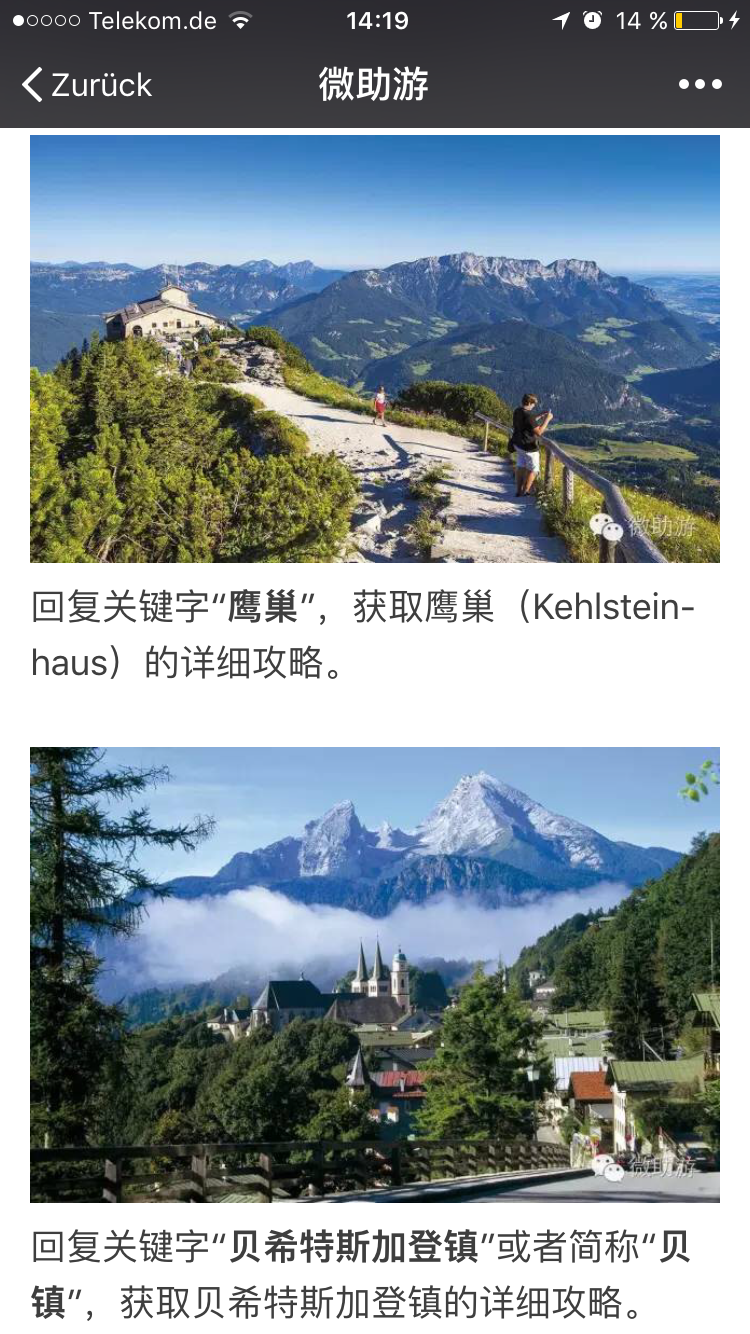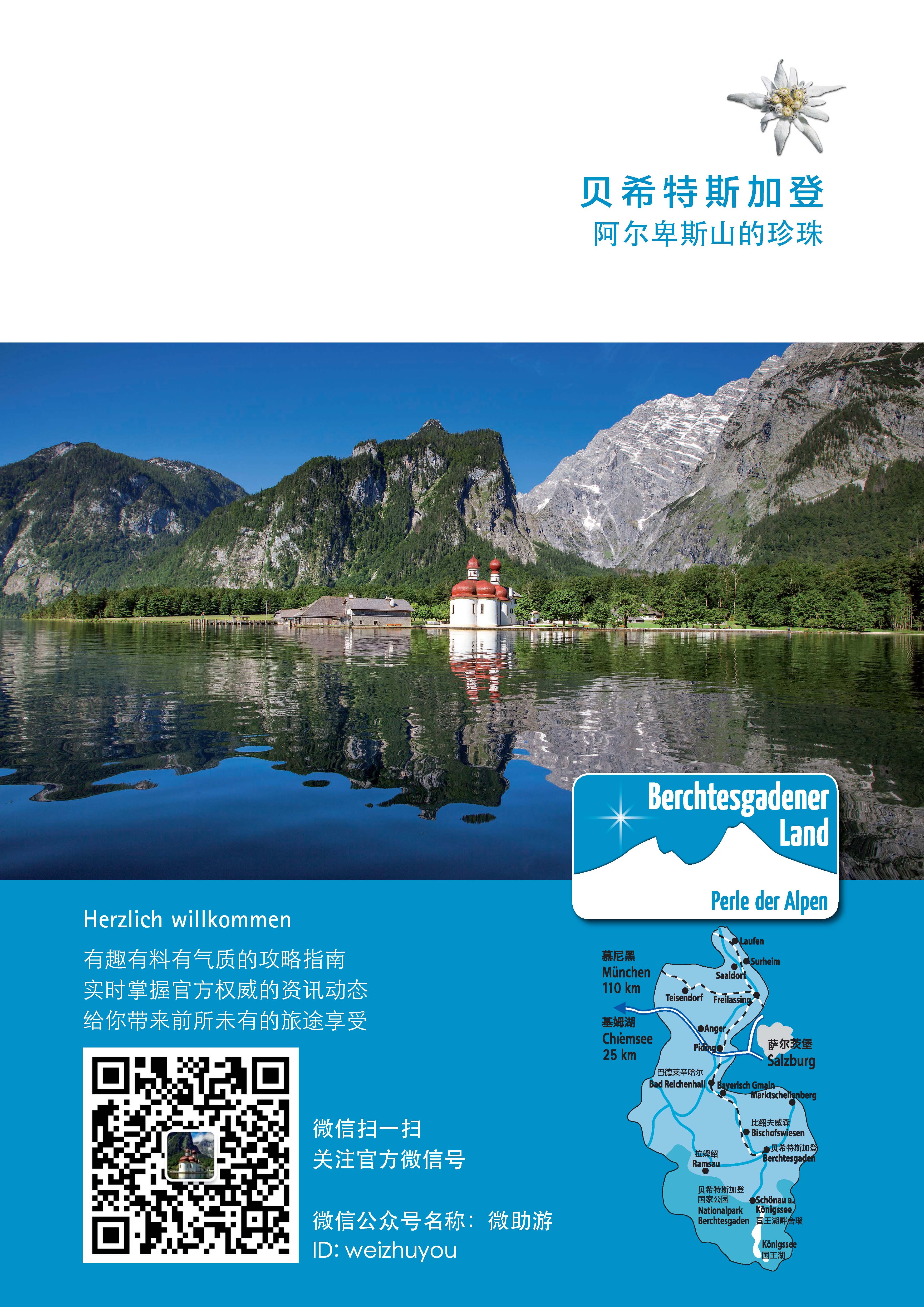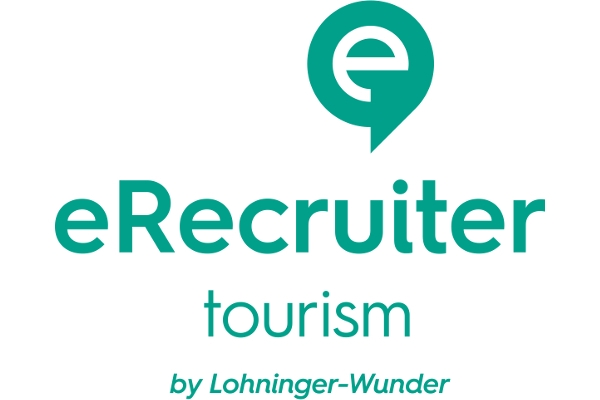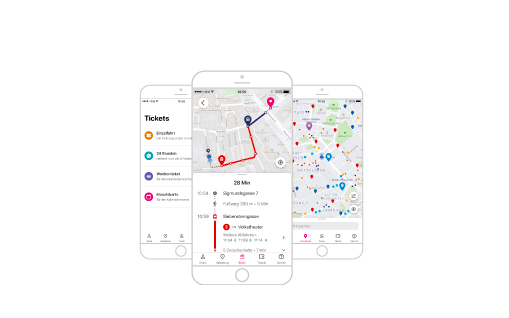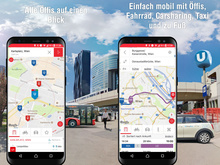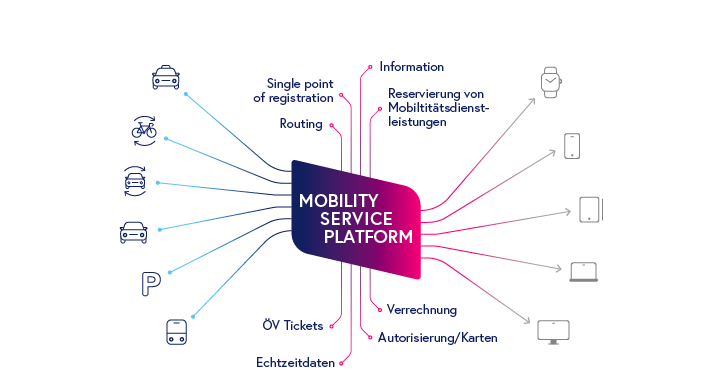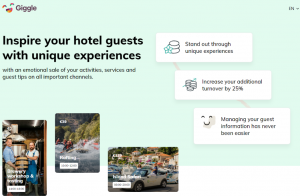Alibaba Group & Alipay
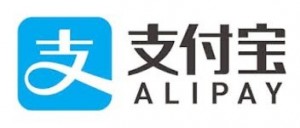
by: Michael Noggler & Diana Sogomonian
Alipay is a third-party mobile and online payment platform and is an application developed and launched in 2004 by Alibaba Group and CEO Jack Ma. Alipay currently has more than 800 million users worldwide and is the world’s number one mobile service organization (Abdullah, et al., 2019, p. 69).
Over 80% of all Chinese tourists use Alipay, reflecting the enormous potential for the target group of this market (Li, et al., 2019, p. 50380).
Opportunities for the Austrian Trade
Austria and especially the tourist region of Salzburg benefits enormously from Chinese tourists every year, this is because of the fact that Salzburg is Mozart’s birthplace and furthermore the cultural background of the city is enormously interesting as well for the Chinese market. For the Austrian market, the Chinese tourist is an essential income factor with an incredible average expenditure per Chinese tourist of about 300 Euro per day. In 2018, for example, over 993.000 Chinese spent their holidays in various Austrian destinations.
This enormous frequency of Chinese tourists is on the one hand due to the ever-growing upper and middle class and the ever-cheaper possibilities to travel e.g.: airline pricing or accommodations. It remains to be seen whether the frequency of travel and the associated expenditure of Chinese tourists will be as high as, for example, in 2018, when over 150 million tourists spent an incredible 227 billion US dollars (ALIPAY Marketing, 2019, p. 2).
A very good example of the preference of Chinese tourists paying with the online payment application Alipay is the best practice case study at Munich Airport in 2019. All 56 shops at Munich Airport offered Alipay users an exclusive 10% discount on everything during the entire six-week period. This resulted in 92% of the average transaction value from China and Hong Kong paying with Alipay (ALIPAY Marketing, 2019, pp. 33-34; Wirecard, 2016).
As a result, Chinese tourists really reacted on this possibility and preferred paying with the Alipay app, which shows the enormous potential of the app for the target group of Chinese people. Naturally, we have to see what the future brings because no one knows how the coronavirus affects Chinese travel behavior.
Due to the fact that Asian tourists love to travel to Salzburg and Mozart’s City of birth, there can be assumed that they will like to come back to Salzburg when this difficult health issue is solved.
The functionality of Alipay
The Alipay application works with a so-called “End-to-End Marketing solution” and is actually separated in three different phases, which are adapted on the customer journey (ALIPAY Marketing, 2019, pp. 14-15).
The three phases are defined as “before the trip”, “during the trip” and “after the trip” phase and specially adapted on the typical customer journey of a tourist. Within the first phase, Alipay offers popular activities for the desired destination, presents various shopping opportunities, and informs the traveler about the desired destination. Furthermore, merchants also have the opportunity to present their business on the Alipay application. The “coupon and global page” provides the tourist with information about the destination, different products and also different offers and benefits which can be used with the Alipay application.
Alipay also offers a rewarding system, which gives Alipay users in various destinations the opportunity to get several benefits and special offers. The rewards system works through credits that grow as the traveler consumes. After a certain consumption, there is the possibility to become a Platinum or Premium Member, where further benefits are offered by the platform (ALIPAY Marketing, 2019, pp.16-19).
The “during the Trip” phase has various different modes of operation that are designed to make the traveler’s stay on-site easier during a trip. Using geolocated ads, the user is notified of all Alipay merchants within a radius of 500 meters by means of push notifications. Furthermore, when using Alipay within a city, trendy shops and stores can be immediately identified through geo-based banners. The stores are shown in the lower part of the display and allow a quick look at more detailed information about the desired facility.
Another possibility targets on merchants who have entered into a cooperation with Alipay. They can be placed on various virtual banners within the Alipay app. Also, articles and custom tags can be positioned. As a further rewarding benefit, Alipay offers “big brands” vouchers that can be redeemed by users in the store and are associated with price reductions and special offers.
Probably the best marketing resource for merchants is banner advertising on the so-called “city page”, as this has the highest visibility of the entire app. There you can also position yourself in the upper and middle area of this page with banner advertising.
Alipay can also use GPS based Push Notifications to show all Alipay merchants within a 500-meter radius as well as special offers from the surrounding Alipay shops
In the last temporary phase of the customer journey, the “after the trip” phase, aims to share the experience within a certain destination with other Alipay users. This is done via the Lifestyle Account, which can be defined as a subscription-based B2C platform. There the user has the opportunity to get the latest information about certain destinations and also get simple business insights in orders, payment methods, or customer service. This information is generated by Alipay through the shared experiences of other users and can be used to provide recommendations for certain destinations. Users can also follow all Alipay merchants around the world to receive news, updates and special offers (ALIPAY Marketing, 2019, pp. 20-26).
The “after the trip” phase is particularly helpful from the perspective of the merchants, as Alipay uses the generated data to help the cooperation partners to better adapt to the needs of the customers, which gives them an enormous competitive advantage. This results in a strengthening of the Alipay cooperation merchants and leads to an increase of the average receipt volume income, especially in cities where merchants have increased cooperation with Alipay (ALIPAY Marketing, 2019, pp. 27-31).
References
Abdullah, S., Heng, B., Teng, P. (2019). Consumer Satisfaction of Alipay as the Market Leader of Mobile Payment in China. Malaysian Journal of Consumer and Family Economics. (Vol. 23).
Alipay. (2020). In – App Payment, Alipay for Global Business. Retrieved May 14, 2020, from https://intl.alipay.com/open/product-detail.htm?bizCode=OPEN_ONLINE_PAYMENT-App
ALIPAY Marketing. Opportunities for the Austrian Tourism. (2019). Zeevan GmbH.
Ant Group. (2019, November 20). Alipay Future Now: Our Aim to Serve 10 Million European Merchants, Medium. Retrieved May 13, 2020, from https://medium.com/alipay-and-the-world/alipay-future-now-our-aim-to-serve-10-million-european-merchants-747c7d6eb351
Ant Group. (2019, May 15). Fast Facts – a 60 seconds read about Alipay, Medium. Retrieved May 12, 2020, from https://medium.com/alipay-and-the-world/fast-facts-a-60-seconds-read-about-alipay-2967133e0404
Armstrong, P., Wang, Y. (2018, March 28). Is Alibaba losing to Tencent in China’s Trillion – Dollar Payment War?, Forbes. Retrieved May 12, 2020 from https://www.forbes.com/sites/ywang/2018/03/28/is-alipay-losing-to-wechat-in-chinas-trillion-dollar-payment-war/
Finextra. (2020, April 08). Alipay offers boost to Covid-19-hit Wuhan merchants. Retrieved May 13, 2020, from https://www.finextra.com/newsarticle/35602/alipay-offers-boost-to-covid-19-hit-wuhan-merchants
Integration von Alipay am Flughafen. (2016). Wirecard. https://www.wirecard.com/de/knowledge-hub/case-studies/alipay-am-flughafen-muenchen
Li, J., Wang, J., Wangh, S. & Zhou, A. (2019). Mobile Payment with Alipay: An Application of Extended Technology Acceptance Model. IEEE Access. (Volume 7). Special Section on Artificial Intelligence and cognitive computing for communication and network.
Picture
Alipay. (2020). Home. Retrieved May 14, 2020, from https://intl.alipay.com
